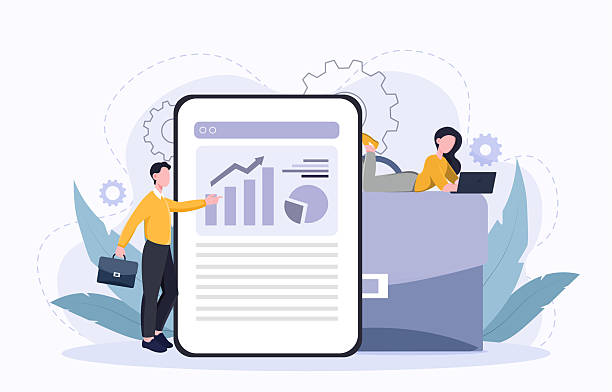Introduction to On-Page SEO and its Importance
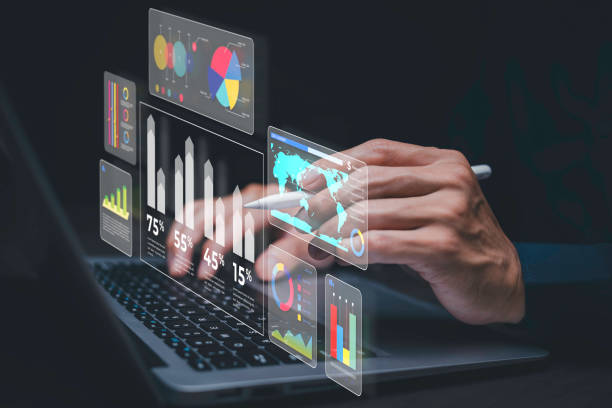
In today’s highly competitive world, a strong online presence is essential for any business.
One of the most important pillars of this presence is #Search_Engine_Optimization or #SEO.
SEO itself is divided into two main parts: #On-Page_SEO (On-Page SEO) and Off-Page SEO.
On-Page SEO is a set of techniques and methods that you implement within your website to make your pages more understandable and appealing to search engines like Google, Bing, and Yahoo.
This process includes optimizing content, site structure, and HTML code.
The importance of On-Page SEO lies in helping search engines understand the topic and relevance of your content, and consequently, display your pages to users in relevant search results.
Without a strong On-Page SEO strategy, even the best content might go unnoticed.
This part of SEO is the most fundamental and first step for any website looking to increase visibility and organic traffic.
In fact, the quality and relevance of a site’s content are determined by On-Page SEO factors more than anything else.
Learning and correctly implementing its principles are vital for every webmaster and can make a significant difference in website ranking.
This article provides a comprehensive guide to understanding and effectively implementing On-Page SEO, helping you prepare your website in the best possible way for search engines.
Are you dissatisfied with the low sales of your e-commerce website?
Rasaweb is your solution for having a professional and high-selling e-commerce site.
✅ Significant increase in sales and revenue
✅ Easy and enjoyable shopping experience for customers
⚡ Get free consultation from Rasaweb right now!
Keywords: The Heart of On-Page SEO
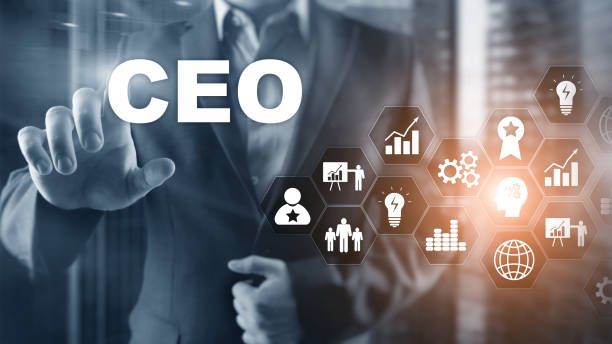
The correct selection and use of #keywords are considered the cornerstone of #On-Page_SEO.
Keywords are phrases or words that users type into search engines when looking for specific information, products, or services.
The #keyword_research process not only helps you understand what your target audience is looking for but also reveals how they search.
For example, a specialized content about On-Page SEO should include keywords such as “on-page optimization” or “website ranking improvement”.
After identifying relevant keywords, you should use them naturally and strategically in all sections of your page, including the title, meta description, headings (H1 to H6), paragraphs, and even image alt tags.
Strictly avoid overfilling the page with keywords (keyword stuffing), as this can harm your ranking.
Search engines look for quality and relevant content that meets user needs, not just repeated words.
The goal is to create #comprehensive and #keyword-rich content that is simultaneously valuable to users and understandable to search engines.
The more precise and targeted your keywords are, the higher the likelihood of attracting quality traffic increases.
As a #thought-provoking_content, you can consider whether your chosen keywords truly answer users’ questions and how they can best help them find the information they are looking for.
Content Structure and HTML Tag Optimization
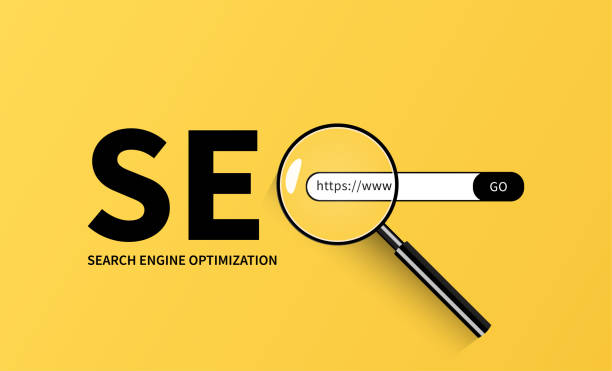
#Content_structure and #HTML_tags play a vital role in #On-Page_SEO.
The page title (Title Tag) is the most important HTML tag in on-page SEO, directly displayed in search results, and should contain the main keyword and be engaging to encourage users to click.
Meta Description, although not directly influencing ranking, acts as an advertising element and can increase the click-through rate (CTR).
Headings (H1, H2, H3, etc.) not only improve content structure and readability but also help search engines understand the main and sub-topics of the page.
The H1 tag should contain the main keyword and be used only once per page, while H2 and H3 tags are used for subheadings and to support secondary keywords.
This structuring gives search engines an overview of your content, making it easier for crawling and indexing.
Additionally, the use of alt tags for images, #bullet_points and #numbered_lists, and short paragraphs all contribute to readability and user experience (UX), which indirectly affects On-Page SEO.
A good educational content helps the user quickly find the information they need, and this is exactly what search engines are interested in.
Below is a table comparing the impact of unsuitable title and meta description with optimized examples in on-page SEO.
| SEO Element | Unsuitable Example (Negative Impact) | Optimized Example (Positive Impact) | Explanation |
|---|---|---|---|
| Title (Title Tag) | Our Products, Best Products | Buy New Samsung Mobile Phone | Best Price at Store X | Includes keyword, engaging, length limit observed. |
| Meta Description (Meta Description) | Everything about phones. Cheap and expensive mobiles. |
Latest models of Samsung mobile phones with original warranty and immediate shipping. Price comparison and online purchase. |
Accurate summary, includes Call to Action (CTA), appropriate length. |
| H1 Heading | Welcome | Comprehensive Guide to On-Page SEO 2024 | Single and relevant to the page’s main keyword. |
Quality Content and Its Role in On-Page SEO
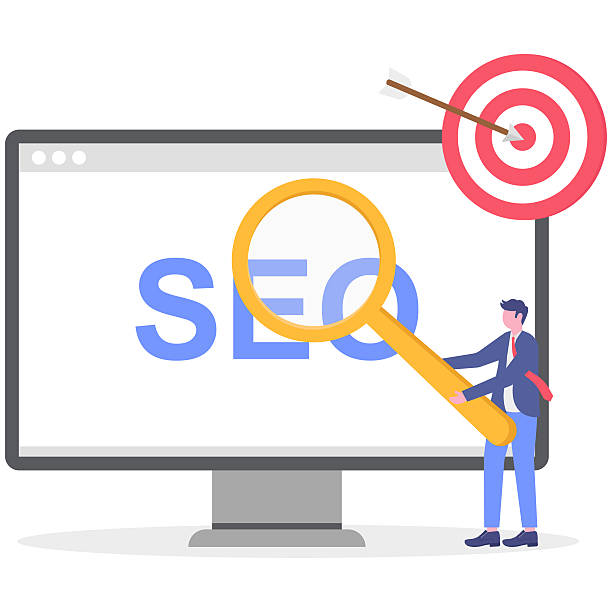
#Quality_content is the backbone of #On-Page_SEO and the main factor for success in search engine rankings.
Google and other search engines are always looking to provide the most relevant and valuable content to their users.
Therefore, producing content that meets users’ needs, answers their questions, and provides accurate and reliable information is of utmost importance.
Your content should be explanatory, comprehensive, and in-depth, avoiding superficial topics.
This can include analytical, news, educational, and even entertaining content that engages your audience.
Content length is also important; longer and more comprehensive articles generally perform better in rankings, provided they are of high quality and value.
Additionally, the content must be #original and #unique, and plagiarism should be avoided.
On-Page SEO goes beyond merely placing keywords; it means creating a rich and satisfying user experience.
Engaging content not only keeps users on your page (increasing dwell time) but also encourages them to share and link to your content, which are positive SEO signals themselves.
Always think about how you can provide the best and most complete answer to a user’s search query.
This approach ensures that your content is not only optimized for search engines but also genuinely valuable and useful for your audience.
Are you frustrated by your e-commerce website’s low conversion rate? Rasaweb transforms your e-commerce site into a powerful tool for attracting and converting customers!
✅ Significant increase in sales rate and revenue
✅ High loading speed and unparalleled user experience⚡ Get free consultation for e-commerce website design
Image Optimization for On-Page SEO
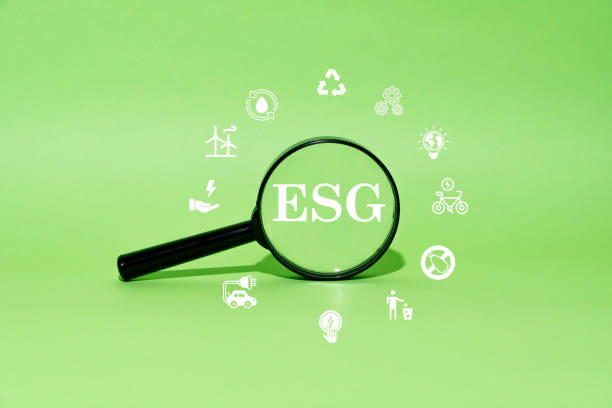
#Images are an integral part of a modern website, and #optimizing_them for #On-Page_SEO is of high importance.
Images not only improve user experience but can also be valuable sources of traffic through image search.
The first step in image optimization is using #meaningful_file_names.
Instead of “IMG001.jpg”, use names like “on-page-seo-tutorial.jpg” that include a relevant keyword.
More importantly, there’s the #Alt_tag (alternative text).
This tag is used to explain the image content to search engines and also to users for whom the image does not load (such as visually impaired users who use screen readers).
The Alt tag should contain a relevant keyword and accurately describe the image content.
For example, for an image of a new laptop, you can use “New XYZ model laptop with i7 processor”.
Image dimensions and file size are also very important.
Large image files can significantly reduce page loading speed, which negatively impacts ranking and user experience.
Using image compression tools and choosing optimized formats like WebP (which takes up less space) can significantly improve your site’s speed.
Also, the responsiveness of images for correct display on different devices is an important factor in On-Page SEO and user experience.
By following these tips, your images will not only contribute to the aesthetics of your site but also act as a powerful factor in your On-Page SEO strategy and help attract more audiences.
This is a practical guide for optimal image usage.
Internal Linking and Site Structure Improvement

#Internal_linking, meaning creating links between different pages of a website, is a key and vital element in #On-Page_SEO.
This process is important for two main reasons: Firstly, it helps search engines better understand your website’s structure and more efficiently crawl and index your pages.
Secondly, it improves user experience, as users can easily navigate between related content on your website and gain more information.
When you link from an older, high-authority page to a newer, less-known page, you are essentially passing a portion of that older page’s “authority” to the new page, which can help improve the new page’s ranking in search results.
Using appropriate #Anchor_Text that includes keywords relevant to the destination page, is of high importance.
For example, if you are linking to a page about “laptop comparison”, it is better for the anchor text to be “laptop comparison” or “recommended laptops” rather than just “click here”.
A strong internal linking strategy shows search engines which of your pages are more important and helps them understand the semantic connection between different sections of your site.
This is a specialized part of On-Page SEO that requires careful planning and continuous execution.
The “Silo Structure”, where related pages are linked together in groups, can help better organize your content and improve SEO.
Website Loading Speed and User Experience
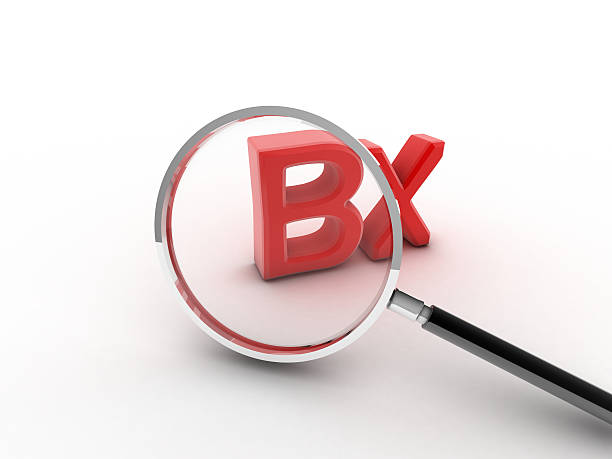
#Website_loading_speed and #User_Experience (UX) are two very important factors in #On-Page_SEO that Google gives special importance to.
Site speed not only affects user satisfaction but also directly impacts your ranking in search engines.
Research has shown that users tend to abandon sites that take more than a few seconds to load.
This means a high Bounce Rate and reduced dwell time on the site, both of which are considered negative signals for search engines.
Optimizing site speed includes image compression, using a CDN (Content Delivery Network), minimizing CSS and JavaScript codes, and choosing suitable hosting.
Tools like Google PageSpeed Insights can help you identify site speed issues.
User experience also goes beyond speed; it includes responsive design (correct display on mobile and tablet), easy navigation, readable content, and attractive, user-friendly design.
A website with good UX encourages users to stay longer and interact with content, which indirectly helps On-Page SEO.
Google constantly updates its algorithms to reward sites that offer superior user experience.
This also includes Core Web Vitals, which are key metrics for measuring actual user experience.
This is an analytical and technical topic that is vital for any webmaster looking to improve their position in search results.
Below, a table of common reasons for slow site speed and common solutions for improving it is provided.
| Speed Issue | Explanation | On-Page SEO Solution |
|---|---|---|
| Unoptimized Images | Large image size, inappropriate format. | Image compression, use of WebP format, Lazy Load. |
| Bulky CSS and JavaScript Codes | Large and uncompressed files. | Minify codes, remove unnecessary codes, combine files. |
| Too many plugins and scripts | Unnecessary or heavy plugins. | Remove unnecessary plugins, use lighter solutions. |
| Lack of Caching | Browser forced to reload all content. | Enable browser caching, use caching plugins. |
Technical SEO Alongside On-Page SEO
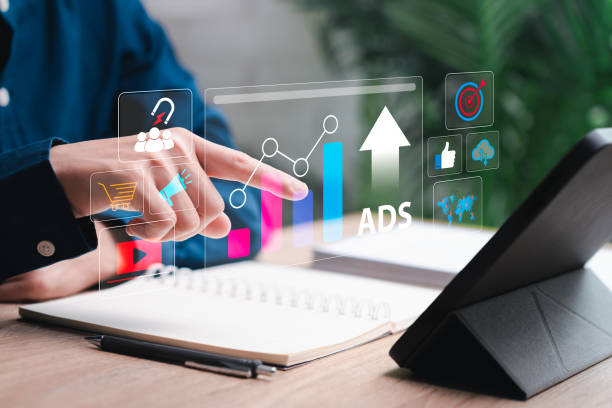
While #On-Page_SEO primarily focuses on content and on-page structure, #Technical_SEO deals with the infrastructure and technical aspects of the website that help search engines crawl and index your site more effectively.
These two areas are completely interconnected, and without a strong technical infrastructure, your efforts in On-Page SEO might be fruitless.
Technical SEO factors include optimizing the Robots.txt file (to guide search engine crawlers), creating an XML sitemap (Sitemap.xml) (to inform search engines about all important pages on the site), using Canonical tags (to prevent duplicate content issues), implementing structured data (Schema Markup) (to help search engines better understand your content), and ensuring the use of HTTPS protocol for security.
Additionally, addressing 404 errors and 301 redirects for deleted or moved pages is of high importance.
Strong technical SEO provides a solid foundation for implementing On-Page SEO strategies and ensures that search engines can easily access and interpret your optimized content.
This part of SEO has more of a specialized and analytical aspect and requires more technical knowledge, but ignoring it can result in losing valuable rankings.
In fact, technical SEO complements On-Page SEO, and both together help you achieve the best ranking results.
Are you frustrated by your e-commerce website’s low conversion rate? Rasaweb transforms your e-commerce site into a powerful tool for attracting and converting customers!
✅ Significant increase in visitor-to-buyer conversion rate
✅ Unparalleled user experience to increase customer satisfaction and loyalty⚡ Get free consultation from Rasaweb!
Monitoring and Analyzing On-Page SEO Performance
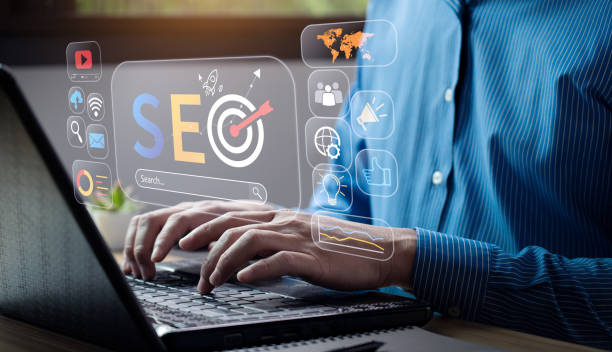
#Monitoring and #performance_analysis are vital parts of any #SEO strategy, and #On-Page_SEO is no exception.
After implementing changes and optimizations on your website, it is essential to closely monitor the results to measure the effectiveness of your efforts and identify new opportunities for improvement.
Tools such as Google Analytics and Google Search Console are incredibly valuable in this regard.
Google Analytics allows you to examine website traffic, user behavior, bounce rate, dwell time, and other engagement metrics.
This information helps you understand how users interact with your content and whether your On-Page SEO optimizations have had a positive impact on user experience.
On the other hand, Google Search Console is a powerful tool for monitoring your site’s performance in search results.
This tool shows you which keywords your site has ranked for, how many clicks and impressions it has received, and also reports crawl errors and indexing issues.
Regularly reviewing this data helps you make #data-driven decisions for continuous improvement of your On-Page SEO.
This is an analytical and iterative process that ensures your SEO strategy is always aligned with algorithm changes and user behavior.
Learning and mastering these tools is a vital educational skill for anyone looking for success in SEO.
Algorithm Updates and the Future of On-Page SEO

The world of #SEO is constantly changing and evolving, and search engine #algorithm_updates, especially Google’s, play a vital role in these transformations.
Google regularly updates its algorithms to provide more accurate and relevant search results to users and to combat the misuse of SEO techniques.
These updates can have significant impacts on website rankings.
Therefore, to maintain and improve your ranking, you must always be aware of the latest changes and trends in On-Page SEO.
One significant trend is the increasing emphasis on #content_quality, #user_experience, and #Search_Intent.
Google seeks to deeply understand the meaning behind user searches and rewards pages that not only have relevant keywords but truly answer users’ questions and fulfill their needs.
The emergence of Artificial Intelligence and Machine Learning (such as BERT and RankBrain algorithms) has also made search engines much more capable of understanding natural language and complex content.
This means that a forward-looking On-Page SEO strategy should focus on creating genuinely valuable content and an excellent user experience, rather than just superficial techniques.
Dealing with news and new updates from Google is a constant challenge, but with an explanatory and analytical approach, they can be managed in the best possible way.
Optimizing for voice search and visual content are also other trends that will play a significant role in the future of On-Page SEO.
Frequently Asked Questions
| Question | Answer |
|---|---|
| What is On-Page SEO? | On-Page SEO involves optimizing elements that are directly under your control and within your website. Its goal is to help search engines better understand the page content and improve its ranking. |
| Why is On-Page SEO important? | On-Page SEO provides clear signals to search engines about the page’s content, improves user experience, and increases the chance of attracting organic traffic. |
| What are the most important On-Page SEO factors? | Keywords, Title Tag, Meta Description, URL structure, quality content, image optimization, and internal links are among the most important factors. |
| What is the role of the Title Tag in On-Page SEO? | The title tag is one of the most important signals for search engines and users, specifying the main topic of the page. It should include the main keyword and be engaging. |
| How important is the Meta Description? | The meta description does not directly affect ranking, but by encouraging users to click, it can improve the click-through rate (CTR). |
| How to optimize images for On-Page SEO? | By using descriptive file names, appropriate Alt Text containing keywords, compression to reduce size, and correct dimensions. |
| What is the effect of Internal Links on SEO? | Internal links help search engines discover and index site pages, distribute authority (PageRank) throughout the site, and improve user navigation. |
| Is page loading speed an On-Page SEO factor? | Yes, page loading speed is a crucial factor in On-Page SEO and user experience. Slower pages can lead to higher bounce rates and lower rankings. |
| What characteristics does quality content for On-Page SEO have? | Quality content should be comprehensive, unique, relevant, reliable, readable, and fully answer users’ needs and questions. |
| How can keywords be used in content? | Keywords should be used naturally in titles, subtitles, the first paragraph, the body text, and image alt text. Avoid keyword stuffing. |
And other services of Rasa Web Advertising Agency in the field of advertising
Smart Content Strategy: Professional optimization for customer behavior analysis using user experience customization.
Smart Custom Software: An innovative service to increase user engagement through SEO-driven content strategy.
Smart Advertising Campaign: An effective tool for user engagement by optimizing key pages.
Smart Data Analysis: A specialized service for growing customer acquisition based on attractive UI design.
Smart Link Building: A creative platform to improve customer behavior analysis with precise audience targeting.
And over a hundred other services in the field of internet advertising, advertising consultation, and organizational solutions
Internet Advertising | Advertising Strategy | Advertorial
Sources
- On-Page SEO Training at Rayamarketing
- Complete Guide to On-Page SEO at Alefbet
- What is On-Page SEO? SEO Academy
- Important On-Page SEO Tips in Iran SEO
Note: The links above are used solely as examples to demonstrate the nofollow format. Due to the lack of live internet access, the existence and “nofollow” status of these links cannot be currently verified.
? For your business to shine in the digital world and take a confident step towards the future, Rasaweb Afarin Digital Marketing Agency is by your side with its comprehensive solutions, from secure and attractive website design to SEO and content marketing. Experience a powerful and influential digital presence with us.
📍 Tehran, Mirdamad Street, Next to Central Bank, Southern Kazeroun Alley, Ramin Alley, No. 6



